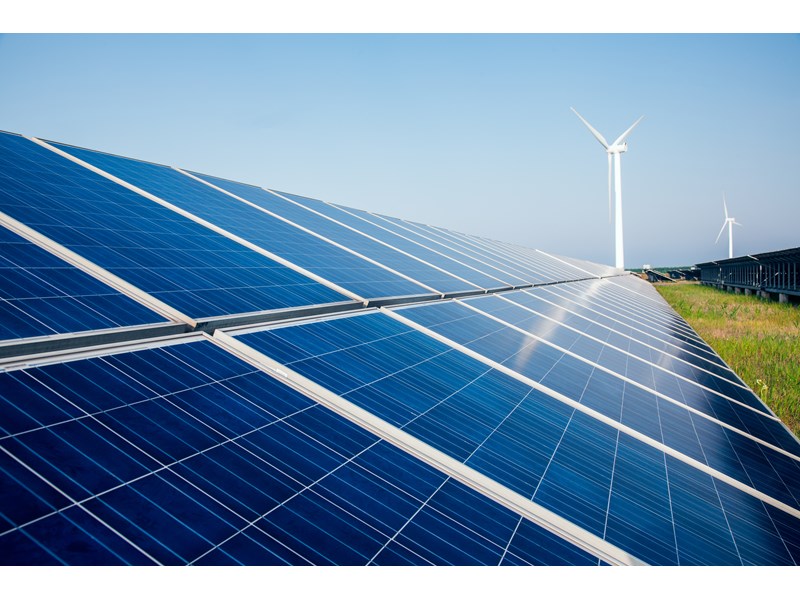Discuss your challenges with our solutions experts
Renewable energy can provide midstream companies significant savings over the long term. As discussed in the first article in our series, we're beginning to see more midstream companies invest in this area.
Enbridge has an ownership stake in multiple wind projects. Occidental has signed power purchase agreements to source renewable energy for its operations and Williams is engaging in on-site self-generation, using solar power installations to provide electricity to its processing and transmission.
These approaches may not be appropriate for every midstream company, but an understanding of market structures and supportive policy can help to identify where renewables add value.
In this article, we'll go deeper into the costs and adoption mechanisms available to midstream players.
Competitive technologies
Solar power and battery storage technologies continue to become more cost-efficient and economically attractive. We project that by 2030 solar costs in the US will be 15% less than they are currently, and that beyond 2030 continued R&D will result in overall cost declines of 3% to 4% annually through 2050.
On a levelized cost of electricity basis, solar is the lowest cost energy technology in 31% of state markets, falling just behind onshore wind. However, when we compare technologies by net cost of new entry (NetCONE), effectively comparing each technology by both cost and revenue generated, we can see that utility-scale solar is currently the most competitive technology in the US.
Solar’s position will continue to get stronger with continued improvements in battery technology and decline in energy storage costs. Improvements in battery chemistries, manufacturing methods and scale will drive battery cost declines of 5 to 6% annually through the mid-2020s.
As the market for batteries grows through 2030, continued scale along with next-generation anode, cathode, and electrolyte technologies will contribute to lower costs. This will allow for the profitable deployment of more renewables, especially solar, through the rest of the decade.
In the US currently, only 2% of solar is paired with energy storage. We predict that by 2023 that number will rise to 13% and continue to grow through the decade.
Commercial opportunities
Developers of utility-scale and microgrid renewable power who can sustain their businesses through the current Covid-19 challenges will be in pursuit of creditworthy counterparties.
Developers will be increasingly creative with commercial arrangements as they will need to hold solid long-term supply arrangements to underpin financing or equity investment. End-user customers with sustainable operations, good credit and large power loads will be in an excellent position to take advantage of this opportunity.
Wood Mackenzie solar clients can explore our project developer database here.
Virtual power purchase and green attributes
A relatively recent contracting mechanism available to large end-user customers is the Virtual Power Purchase Agreement, or VPPA.
VPPAs are a financial contract that provides value to renewable project developers in the form of a fixed payment for energy that will help underpin project financing. Meanwhile, the end-user customer gets the green attributes in the form of Renewable Energy Credits, or RECs, and settles financially against the hourly market price in the competitive supply market in which the project is located.
Very large load end-user customers such as Google and Amazon, along with numerous others, are making use of this contracting structure to arrange for long-term ownership of RECs in line with their ESG goals.
Midstream companies with substantive loads in competitive power markets could be in a good position to take advantage of this approach.
How Wood Mackenzie can help
We constantly monitor the market for the development of renewables projects from the very early stages. And we advise many developers in the US and around the world on evolving technologies, costs and market dynamics.
Our market expertise allows us to help customers to understand and navigate regulatory, financial evaluation and contracting issues as they consider direct investments in renewable energy or VPPAs.
For more, read the first article in the series: It’s time for midstream companies to explore renewable energy.
For a consultation or a demo of our research and data, complete the form at the top of this page.






